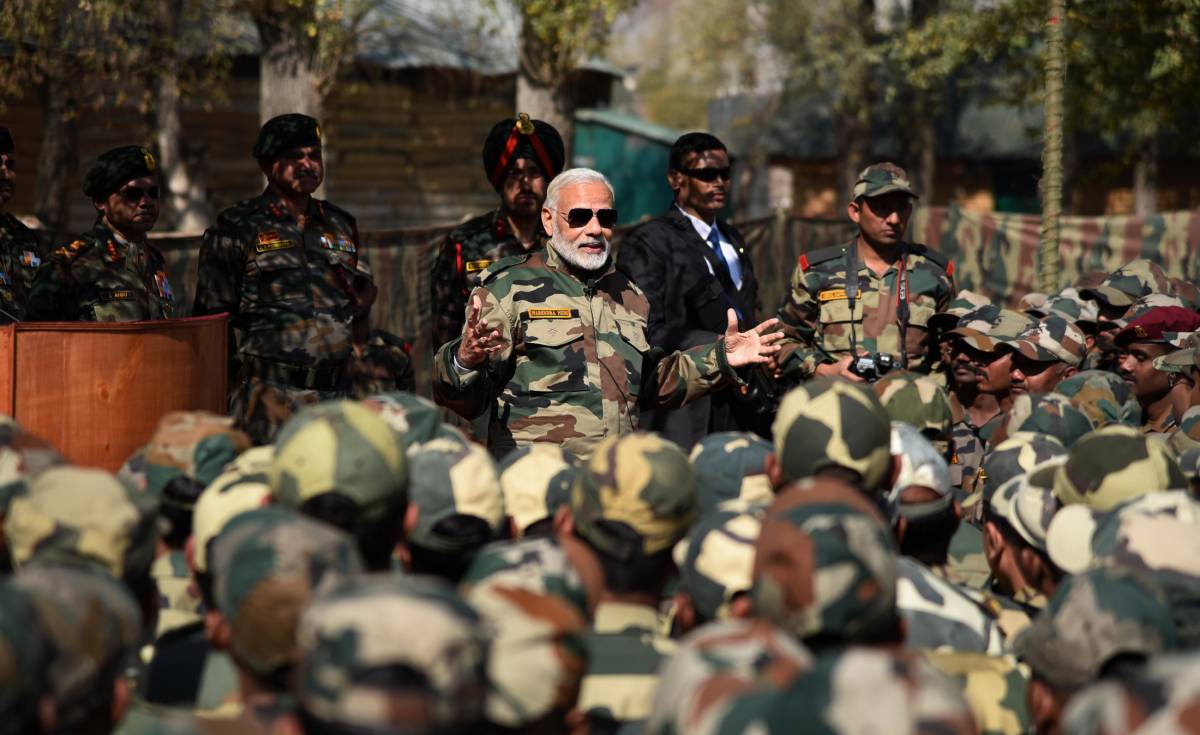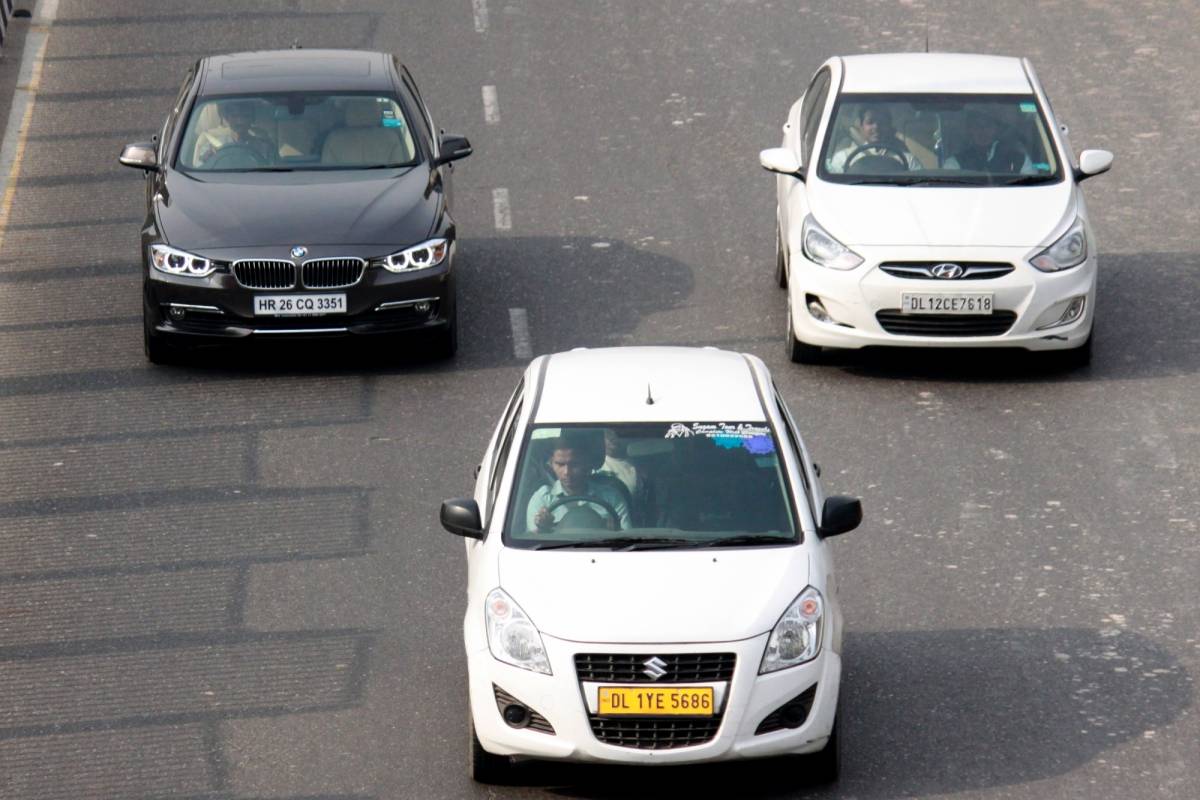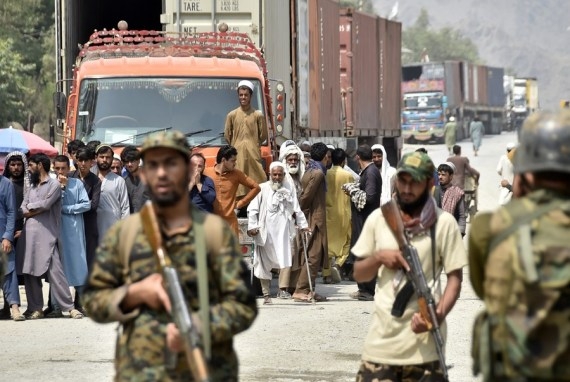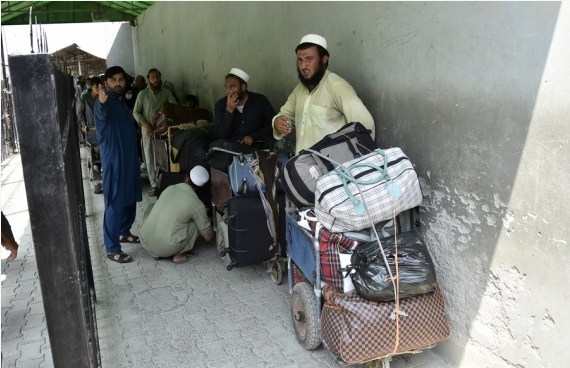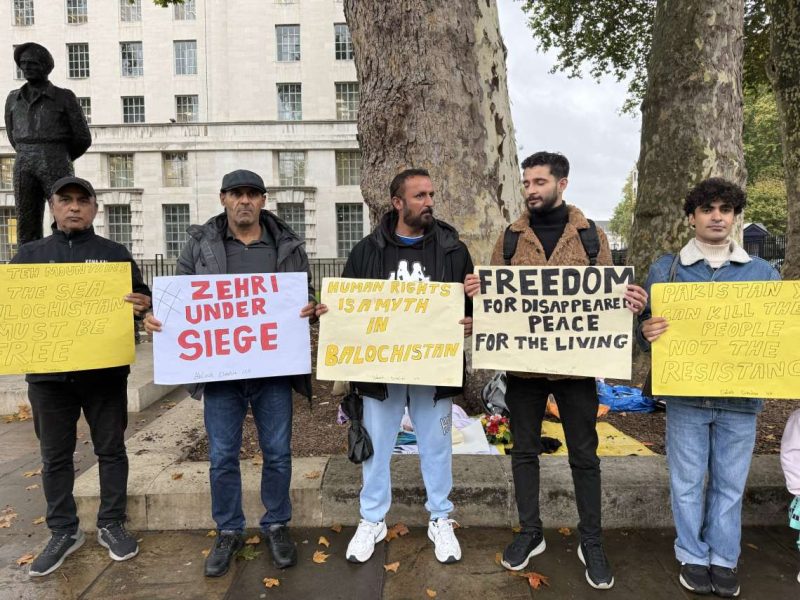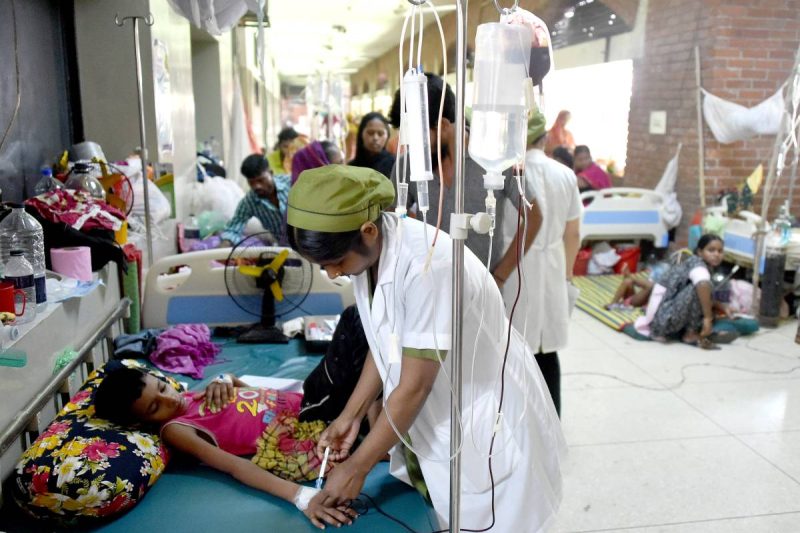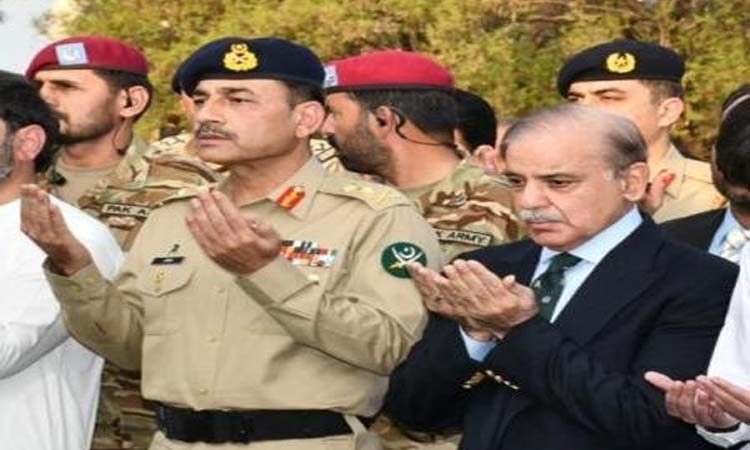The battle of systems for mastery over the Indo-Pacific will be decided during the current decade. The reality is that the PRC seems much more formidable than it actually is in operational terms, as became clear at Galwan last year, writes Prof. Madhav Nalapat
The founder of the People’s Republic of China, Chinese Communist Party (CCP) Chairman Mao Zedong, sought to create a New China out of the debris left behind by the decades of chaos since the close of the 19th century. To achieve that, he sought to engineer a “New Citizen”. Thus began the process in the 1950s of “dispensing with the olds to bring in the new”. Dissatisfied with the slow pace of progress of his societal reforms in a population taught from childhood to revere tradition, Mao launched the Great Proletarian Cultural Revolution in 1966.
The GPCR was technically continued until 1976, but in effect was abandoned by the close of 1971. By then, its managed dissent against much of the CCP leadership at different levels had paralysed the party apparatus and rendered it helpless in the face of Mao assisted by the military led by Defence Minister Lin Biao. The presumed heir to Mao suffered the same fate in 1971 as did the NKVD executioners of Stalin’s Red Terror in the USSR. Lin Biao “died while attempting to flee to Russia” in a commandeered aircraft. With a shattered party unable to question his moves, Mao carried out the longstanding wish of his to befriend the US as a counter to the USSR.
Mao also saw to it that the most prominent reformist still left in the CCP, Deng Xiaoping, was preserved from death or irreparable obloquy. Soon after Mao’s demise in 1976, Deng took control of the CCP and launched his production reforms in the favourable investment conditions created by the alliance with the US. Within a generation, the PRC had become a major economy that rejuvenated its once shattered agriculture and industry. Another generation later, the PRC became the other superpower soon after the reins of control were handed over to Xi Jinping in 2012.
XI JINPING’S TITANIC GAMBLE
It had been Mao’s dream since the 1930s to make his country the centre of global gravity, but it was CCP General Secretary Xi Jinping who first expressed this objective aloud. Even more telling than his words were Xi’s actions. So far as India was concerned, he made his intentions clear in 2013 by approving the China Pakistan Economic Corridor (CPEC), which cut through Pakistan-occupied Kashmir and ended in the warm waters of the Indian Ocean through the backbone of Pakistan. From the start, the CPEC was, in essence, a security pact that created an amalgamated GHQ-PLA alliance designed to counter India within the subcontinent and beyond. In this partnership, it was the PLA that was in the driver’s seat, with the PRC paying the bills and GHQ undertaking “special projects” in India and elsewhere as part payment.
In the US, for example, the PRC and Pakistan missions have worked closely if not always visibly together, with the latter facilitating access to domestic policymakers by the former, especially in quarters where PRC diplomats are usually unwelcome. With the commissioning of the CPEC, Xi has linked the PRC to the destinies of Pakistan, as a meltdown in that country through civil disturbance or reverses on the battlefield would have a knockdown effect on the PRC itself. Given the gulf between society in Pakistan and that in China, it is a titanic gamble that General Secretary Xi has embarked upon. In that process, he appears to have dispensed with any substantive effort at crafting policy that would establish a cooperative relationship with India. There remain several policymakers in the Lutyens Zone who remain oblivious to this fact, and who comfort themselves in the honeyed words uttered by diplomats such as Wang Yi in their friendlier moments towards India.

It is a matter of astonishment that the security consequences of CPEC, especially regarding the CCP position on Kashmir, may not have been adequately factored in by several policymakers in India, perhaps as part of the hangover of the long decades of reliance on the USSR. The implicit assumption is that there is no real difference so far as India is concerned between that entity and present-day Russia. Through design and by circumstance, Presidents Putin and Xi have fashioned a military alliance that is growing stronger by the day. The implications of this are obvious, and yet appear to be disregarded in many of the still extant elements of policy. It is a relief that Prime Minister Narendra Modi in Modi 2.0 is finally making headway in clearing away the underbrush of outdated concepts. The PM is replacing them with those that more closely reflect the priorities of the 21st century in the circumstances caused by the battle of systems. This is the basis of Cold War 2.0 between the US and the PRC.
Fortunately for Xi, romantics still in thrall to the pull of the “peaceful and mutually gainful co-existence” illusion abound in the US and the EU the way they do in India. Hence, the CCP’s confidence that the relationship between Washington and Delhi will never come even remotely close to that between Beijing and Moscow, but will remain a half-hearted and patchy pairing that would be of little value in a substantive crisis. Such a crisis could be caused not just by kinetic action against one or another of the two biggest democracies in the world, but through asymmetric actions such as cyberattacks on power, water and financial grids, especially in India, where awareness of such a mode of aggression is not as high as it needs to be.
HABIT OF HOPE OVER EXPERIENCE
Australia or Japan rushed to form part of a Regional Comprehensive Economic Partnership (RCEP) led by the PRC rather than await the revival (under a new name) by President Biden of the Trans-Pacific Partnership (TPP). There has been a rush towards European brand extinction through the EU signing a comprehensive trade protocol with Beijing. Such steps make clear that in policymaking, hope triumphs over experience among elites in the more advanced democracies. Whether it be the carefully choreographed rollout of a digital currency that will be anchored to Blockchain or the creation of alternative (to US-led) Eurasian land and maritime supply chains through the Belt & Road Initiative, General Secretary Xi has made no secret of his intention to position Beijing at the top of the geopolitical pole displacing Washington, before he goes into retirement.
Also read:China says it’s ready to work with US
In the case of India, it is not the sometimes soothing tones of Foreign Minister Wang Yi but the movements of the PLA that have made it transparent that the PRC (specifically the PLA) is fully backing GHQ Rawalpindi’s objective of attempting to seize control of much of the (remainder since the 1948 ceasefire) state of Jammu & Kashmir. That there will be further moves in this direction is a given. Under the circumstances, withdrawal from positions as the Kailash Heights may again be ascribed to the primacy of hope over long experience. There may of course be data in the possession of the government that may have made such a withdrawal desirable even before any PLA disengagement takes place along the entire Line of Actual Control (LAC), but from an outsider’s perspective, it is difficult to fathom what such considerations could be.
CHINA’S INDIA OBSTACLE
That Xi Jinping is fixed on achieving during his tenure as CCP General Secretary the objective of comprehensively overtaking and replacing the US in power and standing throughout the globe is now obvious, as is the methodical manner in which the General Secretary is seeking to achieve that goal. Obstacles need to be cleared up, and among the most significant is an India that exhibits strong growth and stability. Although growth has decelerated during the past few years in this country, the potential is for India to (a) become the destination of choice for investors looking for an exit from the PRC, (b) link with other Quad members and secure the Indo-Pacific as a waterway that is free and open to all countries, rather than having to go through a gatekeeper (c) put into the field fighting formations if need be in the millions on land, sea and air that can partner with others of like disposition to blunt any effort by the PRC and its allies to overawe other countries through kinetic means, and (d) combine with partner countries to ensure superiority in technology and in innovation, including those needed for the carrying out of the various types of warfare enunciated in the PLA doctrine of “all out war”.
This being the case, trusting that an unconstrained India would remain friendly or at least relatively harmless to core CCP objectives is too big a risk for those in charge at Beijing to take. Better, they feel, to sign on to the GHQ Rawalpindi strategy of promoting a societal meltdown in India through expansion of faultlines and economic slowdown through a drumbeat of asymmetric attacks in multiple sectors. These would serve to weaken both public as well as state confidence and will to resist, besides enervating the economy. The only good result from the CCP leadership viewpoint would be an India incapacitated from ever achieving anything close to its potential. At all costs and by all available means, a repeat on the part of India of the spectacular performance of the PRC during 1981-2010 needs to be prevented.

Given this, those Lutyens Zone policymakers with an optimistic perspective of the trajectory of Sino-Indian relations may be suffering from the same syndrome that began in 1951 and lasted until the final months of 1962. It is clear from his public statements that Prime Minister Narendra Modi fully understands the seriousness and nature of the threat that is being faced by India from the GHQ-PLA duo. The need now is for that consciousness of reality to filter down to policymaking levels that have too long been invested in earlier formulae geared towards appeasing Pakistan and the PRC in the expectation that such generosity will get reciprocated. It has never been, but that has not stopped those in favour of a policy of consistent appeasement from their refrain of “Peace in our time” being just around the curve. Of course, provided another concession is made to either Rawalpindi (Islamabad is inconsequential in policy towards India) or Beijing, or to both simultaneously.
BIDEN CLEAR-EYED ABOUT BEIJING
As predicted, access to information about the activities of the Sino-Russian alliance in the US (together with US-based networks associated with Pakistan) has resulted in a considerable dimming of the G-2 (US-PRC partnership) mentality that was prevalent during the initial six years of the Obama administration. A substantive pivot to the Indo-Pacific finally took place only during the final two years of President Obama’s period in office, but in the case of Biden and Harris, in less than two weeks from 20 January 2021, the new US administration pivoted to an Indo-Pacific strategy. Of course, elements within the Biden administration with a long history of lucrative contacts in the PRC have been loath to use that term, preferring to continue to describe the region in the manner favoured by Beijing, which is Asia-Pacific.

After all, come 2025 and in the eventuality of a Democratic Party defeat in the presidential polls, they may need to tap their former patrons across the Pacific once again to keep themselves in the style to which they have become accustomed. Fortunately, unlike the expectation in some of capitals that appeasers would dominate the policymaking process in Washington once President Biden got sworn in, such elements are much fewer in number and lower in influence than was earlier expected. The Secretary of State, the Defence Secretary and the National Security Advisor in particular are clear-eyed about the reality of Cold War 2.0, even though sometimes the US President himself seems to be hesitant to acknowledge this in public. This diffidence has not constrained Joe Biden from ensuring that clear signals have gone to Beijing that the 46th President of the US is resolute in confronting the most important security challenge facing his country. These included the invite given to the well-regarded Bikhim Hsiao, Taiwan’s Representative in Washington, to attend the inauguration of the President. This is the first time since 1979 that such an invitation had been given.
INDIA-TAIWAN: PARTNERSHIP IN DECOUPLING
Taiwan is equally a significant future partner for India in the development of advanced tech. R&D centres could be set up by Taiwanese tech companies in locations in India. Rather than further clog the roads of Bangalore or Delhi, what would make better sense would be to locate them in smaller towns that have the ecosystems needed to nourish Big Tech. The emerging San Joses of India need to be discovered, but they are there. Their ecosystems include quality education, restaurants, cafes and other opportunities for diversion from work, as well as engineering colleges and medical schools that could provide skilled recruits for tech enterprises relocating to India from the PRC as well as take care of health needs.

Not only Taiwan but Japan as well would be a likely entrant in such a tech relocation from the PRC to India. This is why Beijing is aware that the only country that has the capacity to absorb investment on a scale that matches the People’s Republic of China is India. And they intend to do something about it, together with “all-weather” ally GHQ Rawalpindi. Such a downsizing of India’s potential and future needs to take place before the alliance between India and the US in particular acquires dimensions such as the relocation to India of segments of the assembly lines of key weapons platforms relating to land, sea, air and space.
INDIA’S DECADE HAS ARRIVED
The battle of systems for mastery over the Indo-Pacific will be decided during the current decade. The reality is that the PRC seems much more formidable than it actually is in operational terms, as became clear at Galwan last year. Swarms of drones and robot soldiers look good on paper but have yet to prove their value in actual combat. By contrast, India has a reservoir of up to 40 million youths who can be trained in combat in eighteen months. A National Service Corps as well as much greater coverage of the National Cadet Corps would kickstart the process of training such youth, giving them experience and knowledge in a manner that reinforces their faith in the future of India. Not singly but together, the US and India possess the capability of ensuring that the waters of the Indo-Pacific remain free and open.

In times to come, those in the Biden administration who are restraining talk of a “free and open Indo-Pacific” will inevitably lose to those who are better aware of the existential nature of the struggle that is being waged with a determined foe, and of the importance of pairing with India to bring this about. Meanwhile, the Modi government has not been idle. External Affairs Minister Jaishankar in particular has almost imperceptibly fashioned defence collaboration agreements with Sri Lanka, the Maldives and now the Philippines, with more to follow. An Indo-Pacific Charter may be next, as also a Freedom Alliance that would resist efforts at seeking to appropriate any part of the global commons for the exclusive use of any single country or the grabbing of territory by force. By around 2023, the chessboard would be set and the game would begin in earnest, although limited kinetic action may take place even earlier. This would include the asymmetric warfare that the GHQ-PLA combination specialises in. This is not simply a threat but also India’s opportunity. This could be India’s time, provided correct policy choices be made.
Also read:China cries foul against India at WTO


